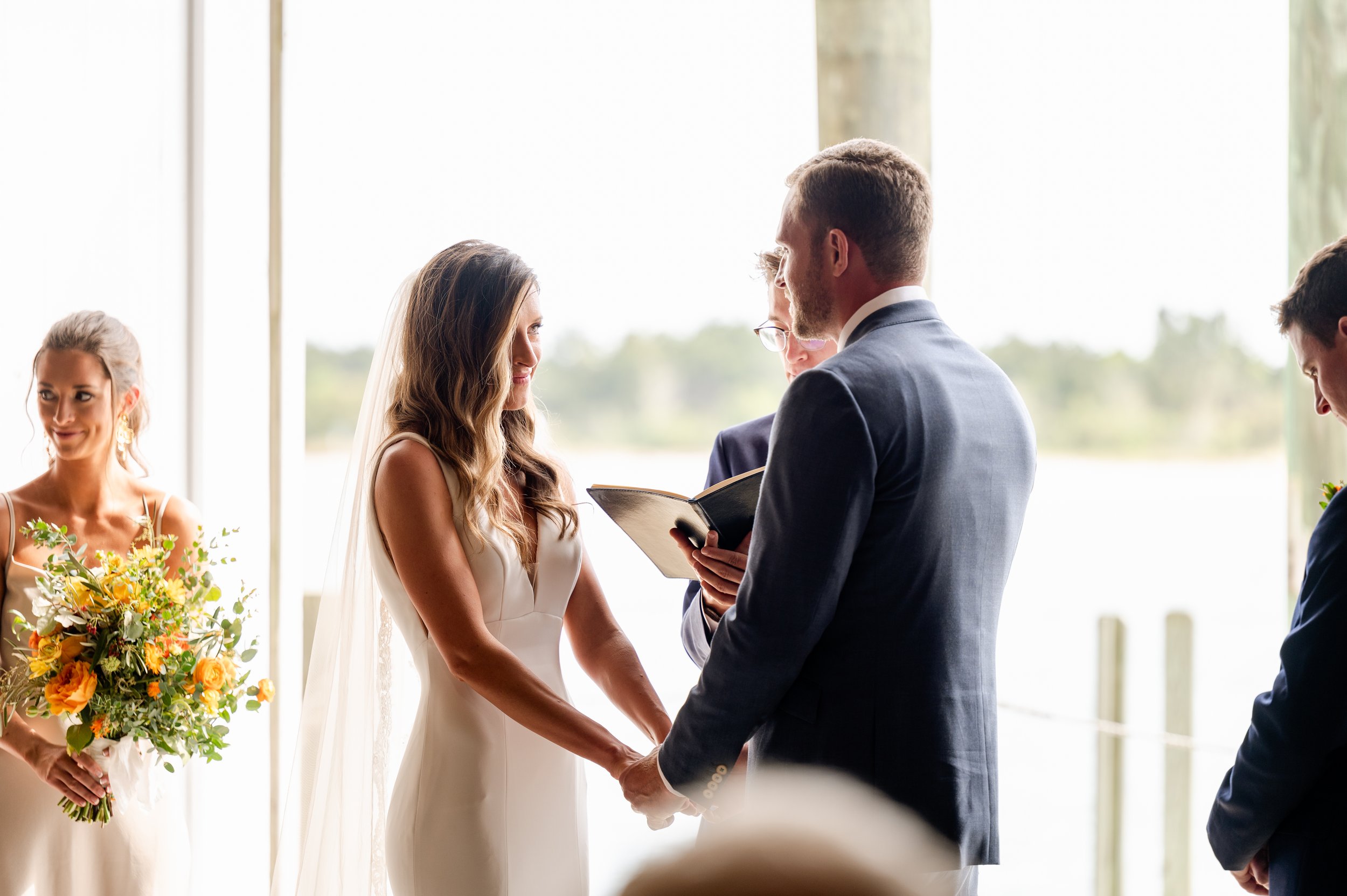Once upon a time, you would know what to wear to a wedding because the time of day would determine your dress. Not so much anymore. Let’s begin by discussing the different levels of attire for weddings.
Wedding Guest
There are at least Six levels of dress for weddings
Listed from the most formal to most casual
White Tie
This is the most formal attire possible. Women should wear a formal floor-length evening gown, no exceptions. Pair your dress with jewelry, heels, and an elegant clutch. Men are required to wear a tuxedo with tails, a formal white shirt, white vest and bow tie, white or gray gloves, and formal footwear, such as derby shoes or oxfords. A white tie event should never occur before five o:clock pm.
White Tie Attire
If you’re planning a wedding and are debating on whether or not to request a white tie dress code, the expense might deter guests from being able to attend, in which case a black-tie attire might be a second-best option.
Black Tie
This is the next most formal and usually means the wedding is an evening event. Women should wear a formal floor-length gown that does not reveal the ankles at the hem of the dress, but if the wedding seems a bit less formal, a sophisticated cocktail dress may also be acceptable. Women may also wear elegant pantsuits. Men must wear a tuxedo. A black bow tie, black vest or cummerbund, and patent leather shoes are also suggested. For summer weddings, a white dinner jacket and black tuxedo trousers are also acceptable. A black tie affair should not start before 5pm
Example of Couple in Black Tie Attire
Formal (Black Tie Optional)
The wording here indicates something slightly less formal than black-tie is acceptable. So, a tuxedo isn't required, but the event is still formal enough for one to be appropriate. The choices are the same as with black-tie: a floor-length gown, a fancy cocktail dress, or a dressy pantsuit. As far as women are concerned, there's not much of a difference between black-tie attire and black-tie optional attire, although Mae says it's more acceptable to wear a dress that shows the ankles (which is not true of a black-tie dress code). Men have the option of wearing a tuxedo, or they can wear a formal dark suit, white shirt, and conservative tie.
Formal
Cocktail
Cocktail attire is a popular dress code choice. It's a balance between elegant and comfortable and typically more formal than a day wedding but more casual than a night celebration. Instead of a floor-length dress, women should opt for a tea-length, knee-length, or midi dress. Men are required to wear a suit and tie, regardless of the wedding's setting. Remember to look classy and polished, but don't wear something overly embellished or fancy that you take away from the newlyweds.
Cocktail Attire, but probably should be wearing a tie
Semi-Formal
Part of dressing for a semi-formal or dressy casual wedding is taking the time of the wedding into account. Wear darker, formal colors for an evening wedding, and choose light colors and fabrics for a daytime wedding. Try a below-the-knee dress or a dressy skirt and top. Floor-length gowns, however, would be inappropriate. If the ceremony is being held outdoors and you'll be walking across a lawn, avoid traditional heels that will likely get stuck in the grass. Men should wear a dress shirt and slacks, dark or light depending on the time of day, with the option to wear a tie.
Couple in semi-formal attire
Some other levels wedding attire you may come across are: Festive, Tropical, Casual
What Not To Wear
Never Wear White
Never Try to Upstage the Wedding Couple
Dont Wear something skimpy
Never Wear Jeans
Where to instruct your guest what to wear
Mentioning a dress code ensures your event stays as formal or as casual as you want, and it’s helpful for guests to know exactly what is expected of them for attire. Here you will find some helpful ideas for wording your Dress Code whether you’re hosting a formal or casual wedding.
A separate Information / Details card
If you are including a Details or Information card with other important information for your guests, use this to list your dress code as well as it keeps your invitation nice and simple.
Your Wedding Website
If you are already providing a wedding website for other details and important information for guests, use this space to also list your dress code.
If you'd prefer not to explicitly state the dress code, that's okay too. Instead, your invitation design can clue guests in. For example, a traditional invite with letterpress and calligraphy hints at a formal event, whereas an invite with a playful font and bright colors fits a casual style.
The general rule for dress code basically says not to include a dress code on your main invite. Your guests should be able to assume the level of formally based on the venue and time of day of your event.
However, if your dress code is a bit out of the ordinary, go ahead and indicate the dress code on the bottom right corner of your invitation. Another option is to include a separate attire card in your suite or save some paper by putting the information on your website.







